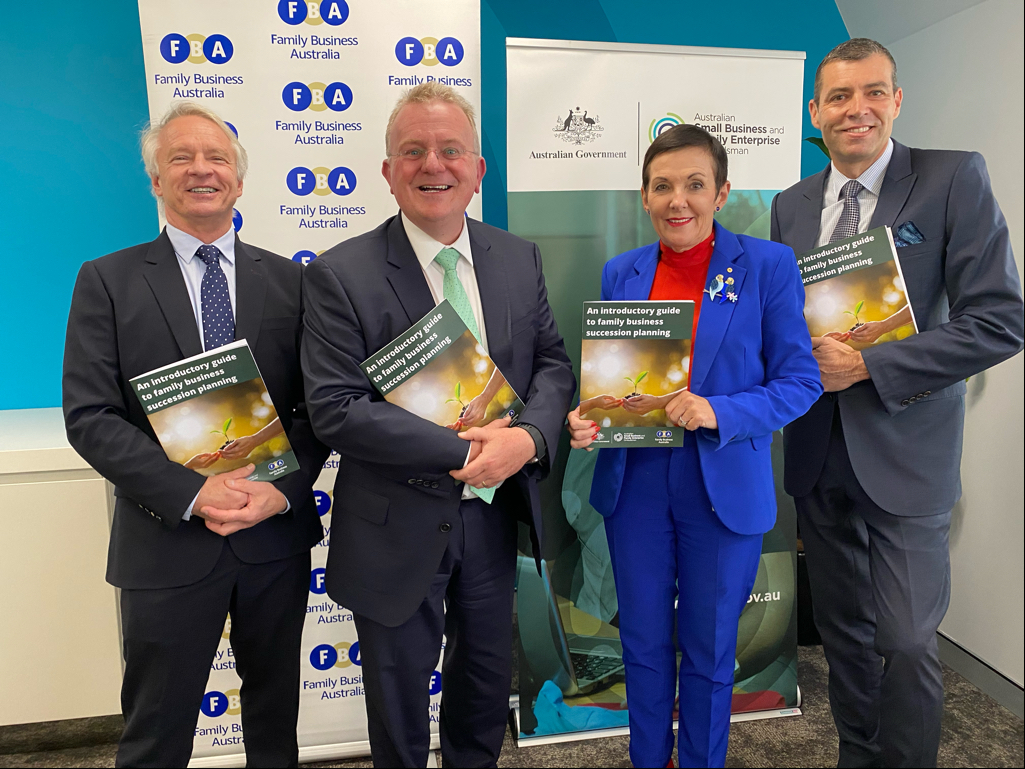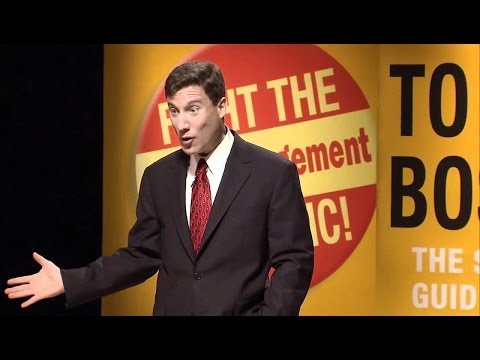Succession planning guide launched to help build family business legacy
A NEW ONLINE guide to succession planning has been released, with the latest available data revealing just 17 percent of Australian family businesses have a unifying plan for the future.
The Introductory Guide to Family Business Succession Planning – co-produced by Family Business Australia and the Australian Small Business and Family Enterprise Ombudsman’s office – provides a step-by-step guide to passing the family business on to the next generation.
“Succession planning can be challenging,” Family Business Australia (FBA) CEO Greg Griffith said. “But with the right approach, supported by quality information and advice, you can achieve rewarding outcomes.
“Our guide provides a great starting point for families in business to consider the what, why and how of transitioning the business to the next generation.”
Australian Small Business and Family Enterprise Ombudsman Kate Carnell said there had never been a more important time to initiate a succession plan, given the highest proportion of business owners are aged between 45 and 59 years. 
“Australia’s most successful family business stories – and there are many - are a result of well-executed succession planning,” Ms Carnell said.
“However, a KPMG report reveals 54 percent of family businesses have no documented succession plan in place and no retirement plan for the current CEO.
“That’s particularly worrying when our Small Business Counts report shows more than 60 percent of employing small business owners are approaching retirement age.
“This generational shift presents a number of challenges for the sector and the economy more broadly as some business owners may find it difficult to attract a buyer. It really highlights the need for meticulous succession planning for those family business owners who are planning to retire in the coming years.”
FBA CEO Greg Griffith said the easy-to-read guide offers tips on how to handle tense conversations that can arise between family members throughout the transition phase.
“The key to families working well together is to have really open and honest communication – which can be difficult when your boss, colleague or direct report is also a member of your family,” Mr Griffith said.
“Our succession planning guide offers practical tips to ensure an orderly transition process.”
The free Introductory Guide to Family Business Succession Planning is available on both the Family Business Australia and the Australian Small Business and Family Enterprise Ombudsman’s websites.
ends










